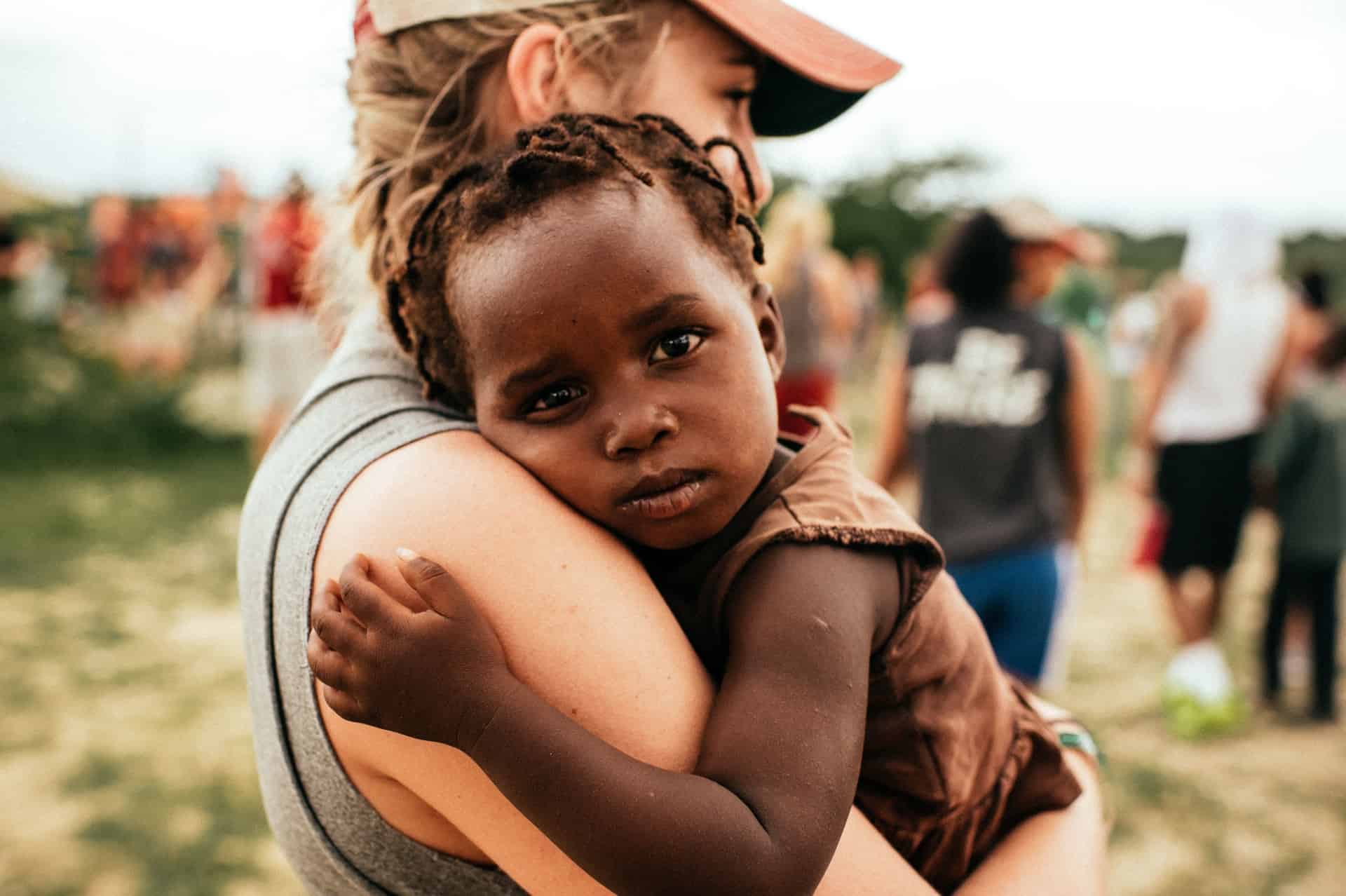Clicks and bright flashes. Hop off the bus, take some photos, hop back on, and head to the next stop. My students saw these beautiful but sad creatures in their natural habitat. Poor Ecuadorians invited us into their homes, showing us their dirt floors, cardboard walls, and grime-covered belongings. My students took selfies.
I stood outside, appalled that my students treated these families like exotic animals, appalled at myself for not better forming my students prior to our service trip.
Last summer, I chaperoned a high school service trip for the first time, although I had experiences from college of going on and leading trips. My experience leading the Ecuador trip has made me stop and consider – Are service trips actually worth doing?
Spring break is right around the corner, so I can’t help but wonder: Can these short-term service trips be done well? Do they contradict their own aims and goals? Should we even be doing them at all?1
****
My trip to Ecuador mixed both a service component and an immersion component: we performed tasks to help around the community, as well as learn about the history and identity of Quito.
On the service side, we primarily completed manual labor, such as painting classrooms, preparing meals, and digging holes for new septic tanks. When students were not working on manual tasks, they would play soccer, offer piggyback rides, and read to the smaller children.
On the immersion side, students also got to learn a great deal about the culture, history, and social challenges of Quito and the surrounding region. They engaged questions of urban and rural poverty, economic division, and colonial history. They saw great works of Late Baroque architecture, indigenous arts, and incredible natural beauty.
And they took pictures. They took hundreds of pictures of all of these activities.
While selfies of piggyback rides and group shots of a completed house are by no means bad, they are incredibly incomplete. These pictures can create a mirage of superior white Americans helping to fix places and solve people’s problems. The photos often show either the brokenness of the community, or how the service trip saved them from their need. Photos might show a freshly painted community center, but they can’t capture the underlying social and economic injustices.
Photos allow us to disconnect from realities. They allow us to see people and communities at a distance, as an other. Cameras prevent us from truly engaging and dialoguing. Indeed, there is a danger that our service trip ends up being more about the images we take than the stories that communities offer. The photos become the focus, dominate the memory and treat people, culture, and places as a backdrop to the student’s experience.
These photos fail to tell stories of resilience, hope, hurt, or liberation. They tell a story of poverty tourism. Furthermore, they aren’t the only danger of short-term service trips.
Short-term service trips can easily affirm us in our comfort and privilege. We can congratulate ourselves for doing a good deed, for making a difference. We are able to brush over the long-term struggles of living in poverty and focus instead on the smiles and laughter of our brief interactions.
Even on our service trips, we bask in our comfort rather than diving into the challenging realities of poverty, sexism, racism, and oppression. But why not dive in? Why not make students incredibly uncomfortable? Why not make them squeamish, sad, heartbroken, and distraught? I and many of my students benefit from structural racism, sexism, and economic injustice. This benefit is true of a plethora of students across Jesuit education. Our service trips, however, frequently mask those benefits and our participation in systematic injustice. These trips fail when they allow students to assuage whatever white guilt they have with pictures of pick-up basketball games and house painting, without ever going any deeper.
****
Though there are challenges and often pitfalls, service trips can be incredibly impactful and vital in facilitating solidarity – a sense of kinship and commitment to each other’s well-being. During my freshmen year at Creighton University, I went on a spring break service trip to ShadowBrook Farm. Our group dug fence post holes in the still-frozen Nebraska soil, and I overslept my 4:30AM turn for milking the goats. Our group also spent time learning about questions of sustainable agriculture and ecological justice. This felt like a service trip done right. The communities shared stories, helped us learn about injustice, and taught us how to stay engaged beyond our week at the farm.
Sophomore year, I went on a service trip to Parmelee, SD, on the Rosebud Reservation. While we performed some service – cooking, cleaning, repairing – we spent much of our time learning about the local history and culture. What created the poverty of the reservation? Who was responsible? How did they maintain rich cultural identities? How and why do we continue trying to hide genocide? The community shared their stories and cultural practices.
In both of these trips, our coordinators deemphasized the work we were completing. Rather, the communities themselves were at the center of the trips. We realized that our work was not world-changing. It would not radically alter the lives of the people we met. The communities, however, would radically alter our lives.
****
I am still unsure of the value of service trips. They run the risk of merely assuaging feelings of white guilt, of patting ourselves on the back for completing nominal tasks. More sinisterly, service trips can be a way of taking advantage of the poor to gratify our need for giving back. They can be a way of making brief contact with the oppressed, a quick-fix for an otherwise privileged life.
Service trips can be wonderful if we enter with hearts open to what communities offer, rather than what we give. They introduce us to our neighbors. Service trips can make us uncomfortable, challenging our privilege and helping us question systems of injustice.
While I remain undecided on their value, I pray for the communities and students participating in service trips over spring break. I pray that their trips cause discomfort, challenge their perceptions, and offer new experiences. But most of all, I pray that students do not focus on taking the best photos to post and share, but on taking to heart the stories and reality that communities share with them.
“If you have come to help me, you are wasting your time. But if you have come because your liberation is bound up with mine, then let us walk together…” – Lila Watson, Australian Aboriginal woman, in response to mission workers
- The purpose of this article is to discuss specific issues relating to how white and wealthy students interact with injustice and service, which is not meant to dismiss the experience of persons of color, the poor, or other affected persons. ↩


